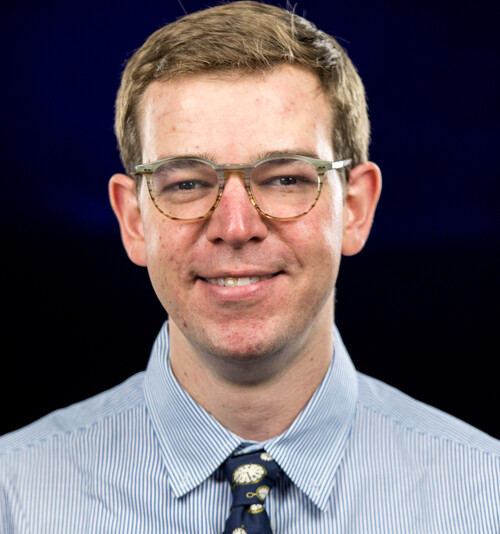Evander Price

It’s perhaps the most ubiquitous interview question: “Where do you see yourself in five or ten years?” But what if instead of a handful of years, you’re asked to picture yourself 10,000 years into the future? What would (or wouldn’t) you do if you considered the ramifications of your actions in a far off future?
This type of future-oriented thinking, and the changing landscape of what the future looks like generation-by-generation, is what Evander Price, a PhD candidate in American Studies, is researching. He is carving out a new category of monumentality, which he calls future monuments. “These are monuments explicitly meant to manifest an imagination of the future,” Price explains. “They happen a lot at World’s Fairs. ‘Come see the Fun Fair Futurama! The City of Tomorrow!’.”
At the 1939 World’s Fair in New York City, the future appeared to be one of endless possibilities and technological marvels. But by the 1970s, the future was strikingly bleak as the world teetered on the brink of nuclear holocaust. In this environment, Carl Sagan convinced NASA to include a golden record onboard the space probes Voyager 1 and 2 as a gift for aliens to receive in a distant future. Price argues that the golden records, the most immortal object yet made by human beings, are a prime example of a future monument. “I argue that it was meant to primarily make us, the audience on earth, think about what sort of image of ourselves we would like to project into the cosmos, into an infinite future, as well as to preserve some memory of us should we obliterate ourselves.”
Another future monument is the 10,000 Year Clock, currently being built by the Long Now Foundation. The clock measures time on glacial, ten-thousand-year scales, that is, roughly equivalent to the span of recorded human history. The clock must be wound manually, and its ticking is both a testament to the persistence of human beings and a means to impel mindfulness of the future. “The question is,” Evan says, “what does it mean if the clock stops?”
Future monuments carry with them many of the cultural anxieties from the time period that made them: for the golden records, it’s nuclear winter; for the 10,000 Year Clock, it’s the end of human existence. But future monuments also carry with them hope and the promise of civilization’s heroic potential. “If the golden records are retrieved, if the 10,000 Year Clock keeps ticking, it would be a tremendous symbol of human cooperation and, more importantly, that we’re still here.”

